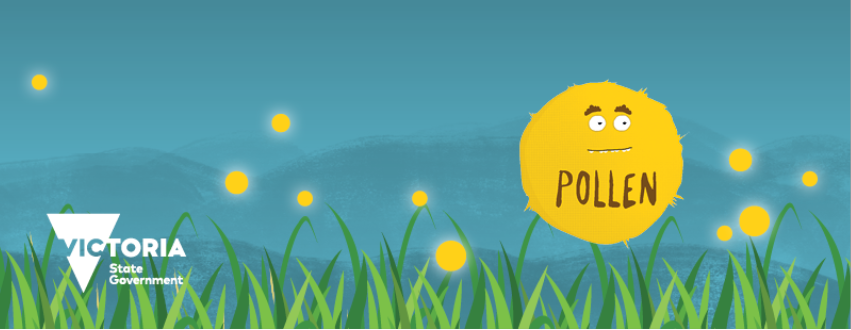Grass pollen season brings a seasonal increase in asthma and hay fever (seasonal allergic rhinitis).
It also brings the chance of epidemic thunderstorm asthma. Thunderstorm asthma can affect those with asthma or seasonal hay fever. Having both asthma and seasonal hay fever and poorly managed asthma increases the risk further.
The best way that those at risk can protect themselves, is to have good control of their asthma and hay fever by having an up-to-date asthma action plan or hay fever treatment plan, learning asthma first aid and avoiding storms during the grass pollen season, including the wind gusts that precede them.
In addition, the National Asthma Council has recently updated the Australian Asthma Handbook with recommendations that offer new alternative treatment options for Victorians with mild asthma.
More than ever before, this year it is important to manage any hay fever or asthma symptoms, as these conditions can produce symptoms that are similar to COVID-19.
The epidemic thunderstorm asthma public health campaign aims to ensure that all Victorians, and in particular people with asthma and/or hay fever, are as prepared as they can be should another epidemic thunderstorm asthma event occur. The following resources are available for use by health and community services and the general community:
- The Department of Health and Human Services’ thunderstorm asthma campaign resources, including posters and a brochure, are available in 15 languages and can be downloaded from the Health.Vic website campaign toolkit. Alternatively they can be ordered at no cost using the link to the online order form on the toolkit page.
- The Australian Asthma Handbook and a dedicated information paper on thunderstorm asthma are available from the National Asthma Council website.
The epidemic thunderstorm asthma forecast will be issued throughout the grass pollen season from 1 October 2020 to 31 December 2020. You can access the forecast via the VicEmergency website or app, the Health.Vic website or the Melbourne Pollen website or app.
